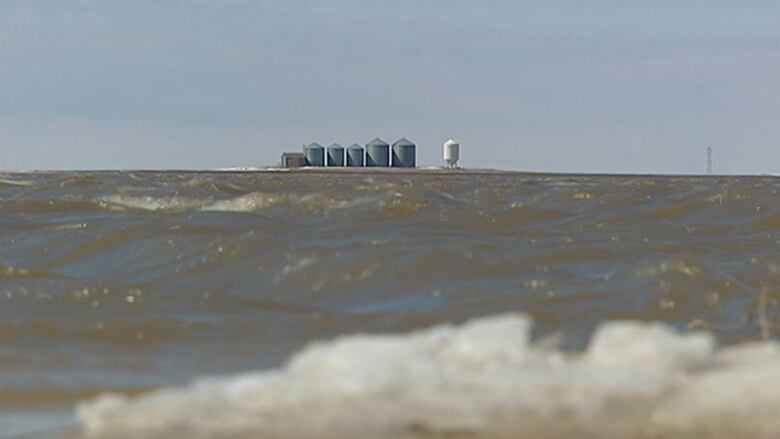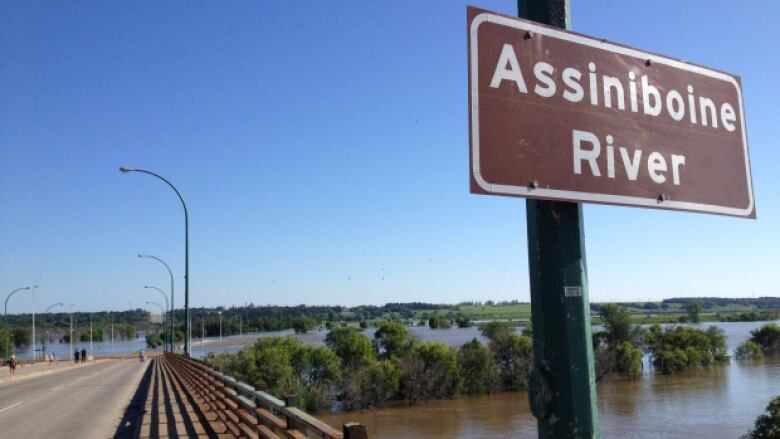Red River Basin Commission warns Manitoba of spring flooding
No doubt we will see some type or some level of flooding says Manitoba commission director Steve Strang

The grounds are saturated, many rivers are full and the Red River Basin Commission is warning that another flood season could be on the way for Manitoba.
Manitoba director for the Red River Basin Commission Steve Strang saysthere will be some flooding in the spring, but the commission doesn't yetknow how severe it will be.
"The Basin's view is that as communities and as a province we are far better to be proactive versus reactive because the cost involved in being reactive can be substantially more," Strang said.
"No doubt we will see some type or some level of flooding, so we have to say to our residents be aware of that, take precautions for that and hope for the best."
- What 'enormous' wetland loss is costing Manitoba
- Solution for flood-prone Manitoba wetland divides farmers, conservationists
- 5 years later, 2011 Manitoba flood victims still recovering
The Red River Basin Commission held its annual conference in Fargo, N.D. this week to discuss long-term flood solutions 20 years after the 1997 Flood of the Century caused more than $500 million in damages and forced 28,000 people to evacuate their communities and homes.
The commission is an international not-for-profit organization that works with governments and citizens impacted by the Red River basin, which includes parts of Manitoba, North Dakota, Minnesota and South Dakota.
"It's a very large basin and it's unique because everything travels north," Strang said.
"And at the end of the daythe area that we are in, Manitoba, is the bottom of the bowl, so we get everything."

Earlier in the week, Manitoba Premier Brian Pallister said it will be difficult to control flooding if he can't convince Saskatchewan to stop draining water into Manitoba.
On Thursday, Pallister said he hasmet with Saskatchewan Premier Brad Wall on drainage issues but "Saskatchewan has not, to this point, partnered as I would like to see them do."
- Manitoba premier blames Saskatchewan for flood woes
- Soggy soil could mean spring floods in west, north
Strang said the commission has also heard from climate change experts who have said that the basin can expect longer, wetter springs followed by longer, dryer summers.
"Right now we know that our grounds are saturated. We know a lot of the rivers are full. We know we have a lot of precipitation from snow packs still sitting on the ground, even though it's nice to see it slowly melting off right now," Strang said.
"But when you give that combination of everything and the fact that it flows towards Manitoba, this is the caution."

Using LiDAR, Strang said Manitoba could build20 per cent more water retention through the natural lay of the land.
"That's a huge value if we could take 20 per cent of the water and hold it back and release it under a water retention program," he said.
Strang said for the upcoming flood season, people will just need to prepare.
"Know your area. Know where you live. Know what your limitations are," he said.
"The people who are there, most of them know the history of flooding. They are prepared for it. We think that's the biggest part, just being prepared."












_(720p).jpg)


 OFFICIAL HD MUSIC VIDEO.jpg)
.jpg)



























































































